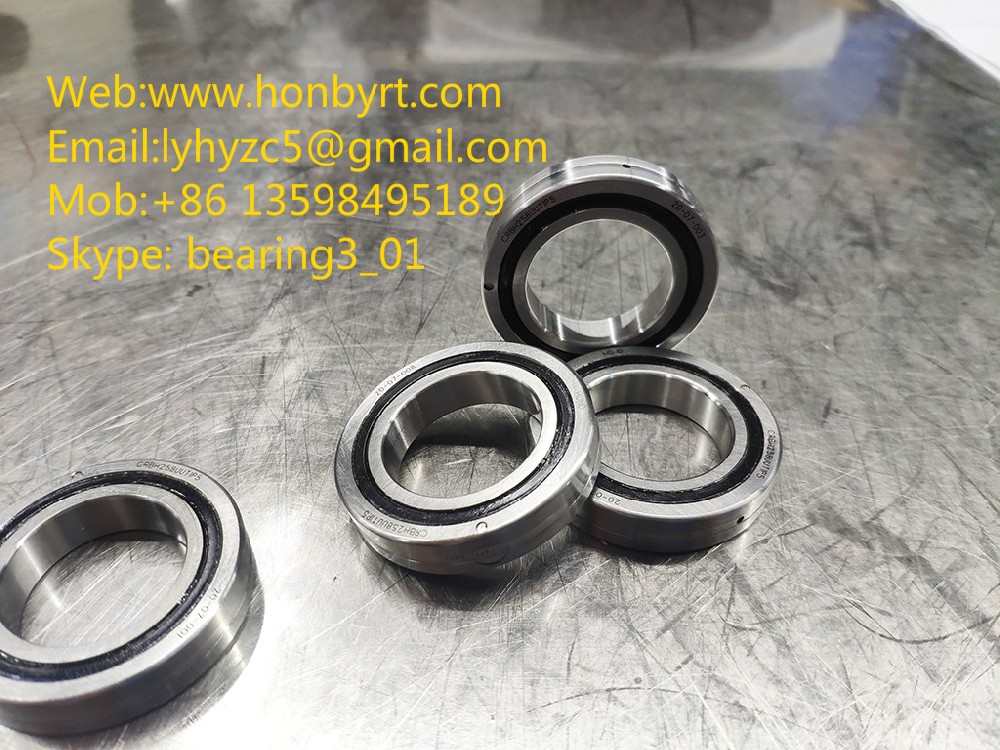●●● Affects wear resistance. The rougher the surface, the smaller the effective contact area between mating surfaces, the greater the pressure, the greater the friction resistance, and the faster the wear.
●●● Affects the stability of the fit. For clearance fits, the rougher the surface, the easier it is to wear, causing the gap to gradually increase during work; for interference fits, the actual effective interference is reduced due to the flattening of microscopic convex peaks during assembly. the connection strength.
●●●Influence fatigue strength. There are large troughs on the surface of rough parts, which, like sharp corners and cracks, are sensitive to stress concentration, thus affecting the fatigue strength of the part.
●●● Affects corrosion resistance. Rough parts surfaces can easily allow corrosive gases or liquids to penetrate into the inner metal layer through microscopic valleys on the surface, causing surface corrosion.
●●●Influence the sealing performance. Rough surfaces cannot fit tightly together, and gas or liquid leaks through the gaps between the contact surfaces.
●●● Affects contact stiffness. Contact stiffness is the ability of the joint surface of parts to resist contact deformation under the action of external forces. The stiffness of a machine depends largely on the stiffness of the contact between the various parts.
●●● Affects measurement accuracy. The surface roughness of the measured surface of the part and the measuring surface of the measuring tool will directly affect the accuracy of the measurement, especially in precision measurement.
In addition, surface roughness will have varying degrees of impact on the parts' coating, thermal conductivity and contact resistance, reflective ability and radiation performance, resistance to liquid and gas flow, and conductor surface current flow.


